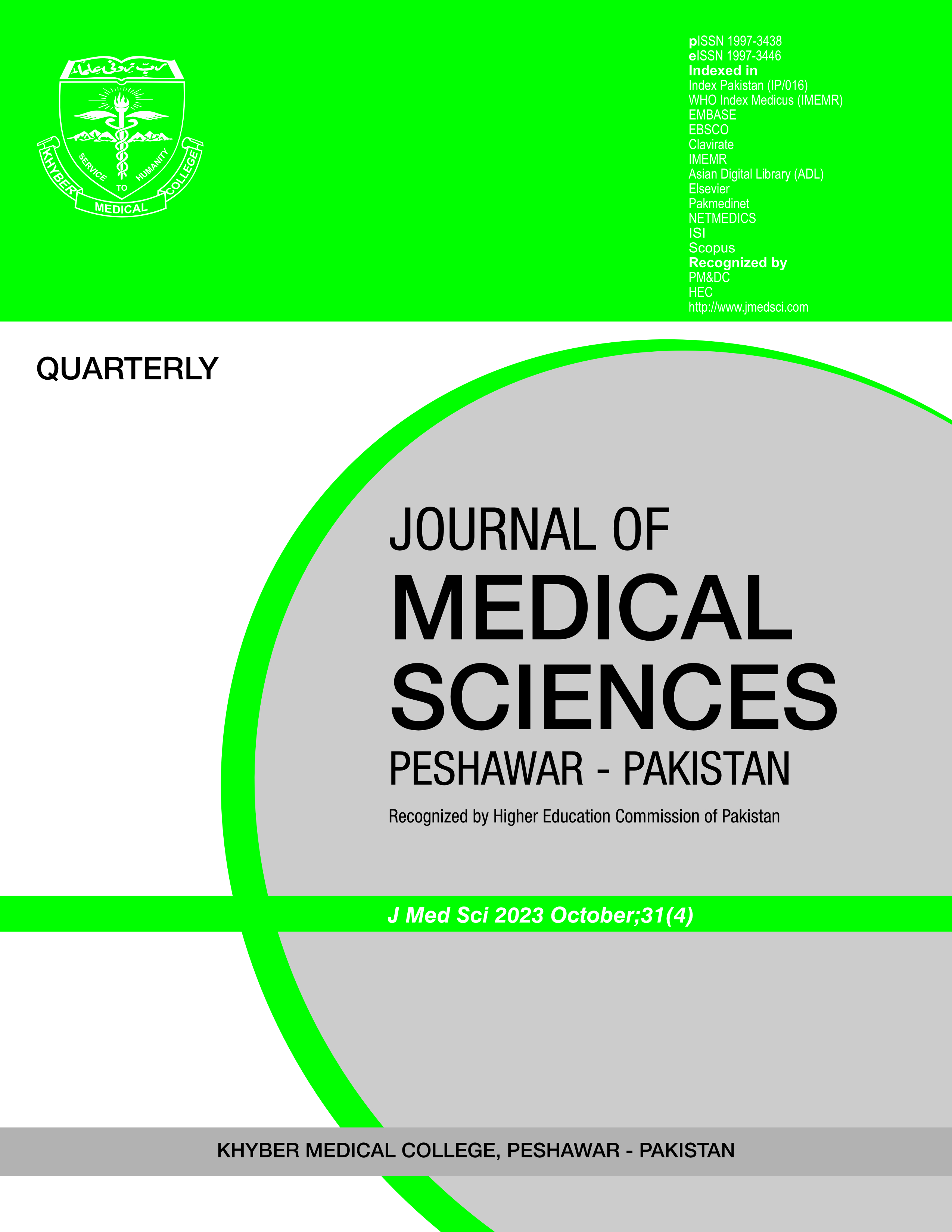THE HIDDEN WILDFIRE IN THE WORKPLACE- INVESTIGATING BURNOUT AMONG RESIDENT PHYSICIANS IN PESHAWAR, PAKISTAN
DOI:
https://doi.org/10.52764/jms.25.33.3.4Keywords:
tertiary care hospitalAbstract
To compare levels of burnout among resident physicians in care Public and Private sector hospitals in Peshawar,
Pakistan.
Downloads
Published
How to Cite
Issue
Section
License
Copyright (c) 2025 Saleel Ahmad Ahmad, Bibi Aaliya, Muhammad Mustafa Khan, Sidra tul Muntaha Khattak

This work is licensed under a Creative Commons Attribution 4.0 International License.
All articles published in the Journal of Medical Sciences (JMS) are licensed under the Creative Commons Attribution 4.0 International License (CC-BY 4.0). Under the CC BY 4.0 license, author(s) retain the ownership of the copyright publishing rights without restrictions for their content, and allow others to copy, use, print, share, modify, and distribute the content of the article even for commercial purposes as long as the original authors and the journal are properly cited. No permission is required from the author/s or the publishers for this purpose. Appropriate attribution can be provided by simply citing the original article. The corresponding author has the right to grant on behalf of all authors, a worldwide license to JMS and its licensees in all forms, formats, and media (whether known now or created in the future), The corresponding author must certify and warrant the authorship and proprietorship and should declare that he/she has not granted or assigned any of the article’s rights to any other person or body.
The corresponding author must compensate the journal for any costs, expenses, or damages that the JMS may incur as a result of any breach of these warranties including any intentional or unintentional errors, omissions, copyright issues, or plagiarism. The editorial office must be notified upon submission if an article contains materials like text, pictures, tables, or graphs from other copyrighted sources. The JMS reserves the right to remove any images, figures, tables, or other content, from any article, whether before or after publication, if concerns are raised about copyright, license, or permissions and the authors are unable to provide documentation confirming that appropriate permissions were obtained for publication of the content in question.




